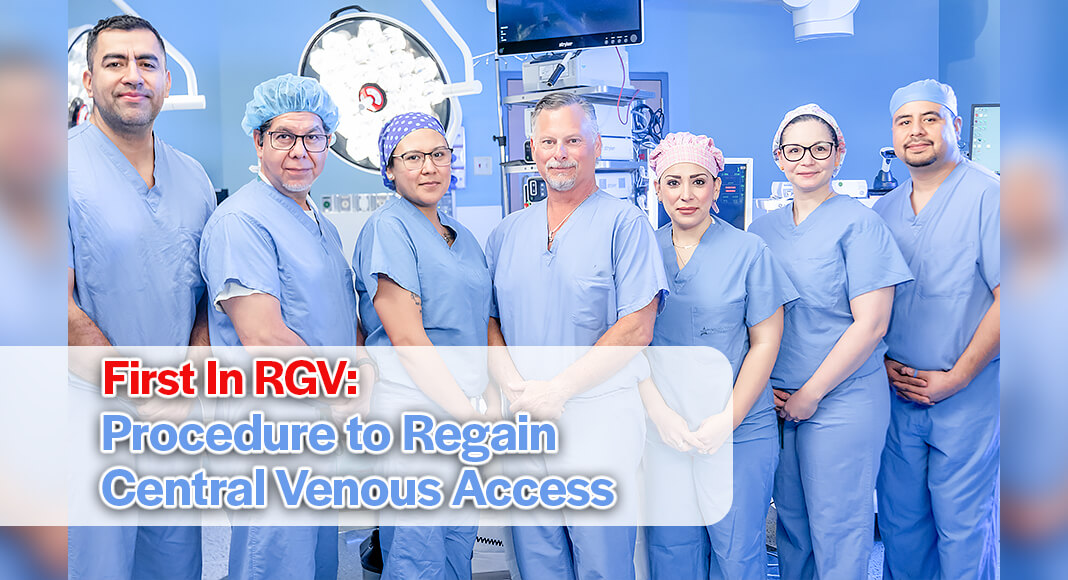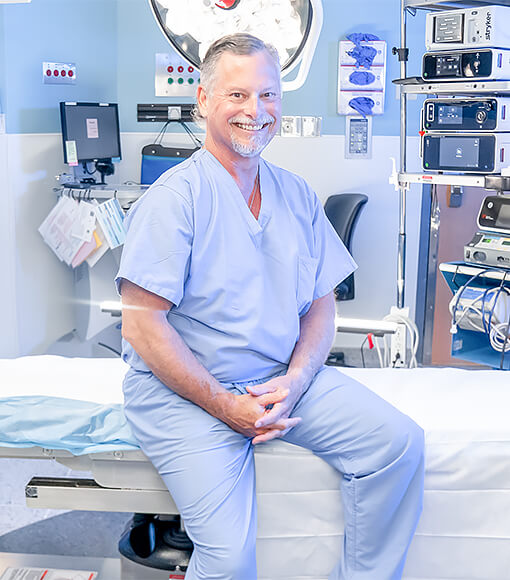
Mega Doctor News
A traditional treatment for patients experiencing significant kidney failure, dialysis aims to remove unwanted toxins, waste products and excess fluids from the blood when the kidneys are unable to perform those basic functions.
For patients undergoing hemodialysis, one of two types of dialysis, proper care and management of the thoracic central venous system is crucial.
Consisting of the subclavian veins, the brachiocephalic veins and the superior vena cava, the thoracic central venous system is an integral part of hemodialysis, which involves removing blood from the body through an arteriovenous access or a central vein catheter, filtering it to remove waste and toxins and returning the blood back into the body.
It’s the thoracic central veins that return the blood from the extremity to the heart, making the preservation and protection of these central veins a priority for physicians.
Unfortunately, that isn’t always easily accomplished.
A common condition in patients undergoing hemodialysis, central vein obstructions, whether due to stenosis or occlusion, can be a serious, life-threatening issue.
Several factors contribute to the development of an obstruction in these central veins, like vein injury or the presence of central venous catheters, which are known to induce areas of venous wall injuries and inflammation, per the National Library of Biotechnology Information.

For patients experiencing this condition in the Rio Grande Valley, there is a new hope. The Surfacer Inside-Out Access Catheter System, the first medical device that facilitates upper-body central venous access for patients with a venous obstruction, has been cleared by the U.S. Food and Drug Administration.
For the first time in the Rio Grande Valley, the procedure was recently performed by Daniel Mclean, MD, FACS, at South Texas Health System McAllen.
Using a novel inside-out approach, the apparatus restores and preserves central venous access in patients with venous occlusive disease.
“For patients that are at very high risk of running out of places to get vascular access, this procedure is lifesaving,” says Dr. Mclean. “Once a patient runs out of vascular access options, they can no longer get dialysis, meaning theywill go into renal failure and die. This procedure is helping combat that, giving them more time to receive their required treatments and ultimately extending their life.”
Developed to provide an alternative method for gaining central venous access, the Surfacer Inside-Out Access System is inserted in the upper thigh via the femoral vein and then navigated to an exit point in the right internal jugular vein.
The device, inserted via a workstation sheath, is advanced upward through the thoracic central venous system to the location of the occlusion. The device tip is then visualized via fluoroscopy, with the needle guide oriented to exit through a predetermined external target. The needle wire is advanced externally and the peelable introducer is loaded onto the wire and pulled into the vascular system below the site of occlusion. A central venous catheter is then inserted into the vasculature through the peelable introducer.
“This innovative procedure supports the achievement of permanent arteriovenous access, which reduces patient downtime by decreasing catheter-related morbidity and complications,” says Dr. Mclean. “The surfacer device preserves secondary central veins and avoids alternative access procedures, which are not as effective and have a higher risk of complications.”

Performed on a 64-year-old female patient in March, Dr. Mclean calls the procedure a success, and he’s hopeful this innovative method will provide more patients with the opportunity to live a longer life.
“The procedure went well, and I ‘m optimistic about this patient’s outcome based on our follow-up visits with her,” says Dr. Mclean. “I firmly believe that this is a great option for dialysis patients, allowing them to maintain venous access and giving them the chance to lead a more normal life.”
As the first physician in the area to complete the procedure, Dr. Mclean is grateful to the operating room staff at STHS McAllen, as well as South Texas Health System leaders, for their support in helping him complete thisprocedure for the first time locally.
“I credit STHS McAllen for doing a great job in supporting me and allowing me to define new ways to conduct procedures like this,” says Dr. Mclean. “While it is a complex procedure, having the support of hospital leadership means a lot not just for me but for the patients and families we serve.”
“STHS McAllen is proud to be the first and currently the only facility in our region offering this trailblazing procedure,” says Emma Montes-Ewing, Chief Executive Officer, STHS McAllen. “We’re here to serve the people of the Valley, and part of that commitment includes integrating new and innovative procedures like this one to offer our patients a better quality of life. We thank Dr. Mclean for his commitment, and we’re proud to have him as part of the STHS McAllen surgical team.”
For more on the Surfacer Inside-Out Access Catheter System, visit merit.com.
For more information on the surgical services available at STHS McAllen, visit STHSMcAllen.com.









